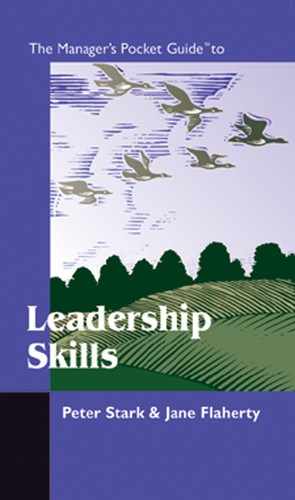Corrective Action Feedback Model
,Unlike the Coaching Discussion Model, the Correction Action Feedback Model is not a two-way discussion. While we prefer the discussion model because it is a two-way process involving the employee in both problem identification and solutions to resolve the issue, we find that most supervisors feel more comfortable with the corrective action model. This is a “telling,” not an “asking” coaching model. In fact, in this model you actually ask employees to hold their comments and questions until you have finished presenting your information.
Step One: Specifically Describe the Problem Behavior
| Example: | “John, in the last month, you have been late to work 15 minutes or more at least five times.” |
Step Two: Express Feelings about the Behavior’s Impact
| Example: | “John, I am disappointed that you continue to come to work late. We have discussed this matter several times. As your supervisor, I feel this is unfair to the other employees who get here on time.” |
Step Three: Value the Employee
| Example: | “John, you have been in our department for two years. You know the operation well and I value the job that you do.” |
Step Four: Specify Desired Future Behavior
| Example: | “In the next three months, I am holding you responsible for getting to work on time every day.” |
Step Five: Project Positive and Negative Outcomes
| Example: | “John, if you are able to be at work on time each day for the next three months, here are the positive things that will happen: First, I will quit hassling you about being late. Second, I will put a letter in your employee file saying that you have improved. Third, you will be eligible for a favorable performance review. Fourth, you will once again be eligible for raises and promotions. Fifth, you will keep your job.” |
| Example: | “John, if you continue to be late, here are the negative courses of action: First, we will have this discussion once again. We will document it, and we will place a copy in your employee file. The second time it happens, I will suspend you for two days without pay. The third time you are late, you need to understand that I will fire you.” |
At this point, you must ask the employee if he (John) understands the consequences. If he says “yes,” ask him to tell you what he understands. Take this step to make sure that he understands the major points.
There is no arguing that coaching is a tough supervisory skill. However, it is a skill that is critical to your success as a supervisor. No matter how accomplished your team, there will be times when you need to talk to a team member about changing some aspect of his or her performance. So, take time to prepare, envision yourself being successful, and confidently deal with the occasional coaching challenges that come your way. Remember, your ability to lead a great team and progress in your supervisory career will be in direct proportion to your ability to coach your team members.
